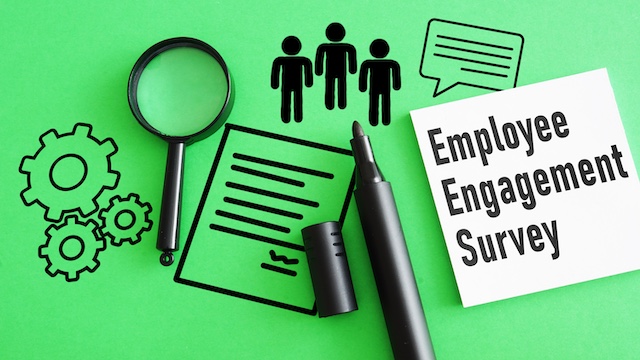INTOO, the career development and outplacement flagship for Gi Group Holding, a global leader in HR and talent solutions, today announced the publication of its “Combating Toxic Traits in the Workplace for Stronger Engagement and Retention” report: a summary of findings from a new survey that explores how workplace toxicity is impacting both employees and organizations throughout the U.S.
In partnership with research firm Workplace Intelligence, INTOO surveyed 800 HR leaders and 800 full-time employees. The report’s findings reveal a concerning reality: 77% of the workforce grapples with some form of workplace toxicity, yet employers don’t seem to be taking action to correct the problems, even amid widespread challenges in retaining and acquiring top talent.
Key findings include:
As employers take little action to remedy workplace toxicity, employees are looking for a way out:
- 44% of employees who have experienced workplace toxicity have used vacation/personal leave and 33% say they’ve used sick leave (i.e., faked being sick) to avoid it.
- 35% of employees who have experienced workplace toxicity say they would accept a pay cut to work for a company with a less toxic work environment.
- Almost half of employees who have experienced workplace toxicity believe their company will take “very little” or “no” action to address their toxic work environment.
Employees feel unheard and in the dark:
- About 1/3 of employees and HR leaders say transparency and communication with the workforce would create a more positive workplace.
- 42% of employees say managers or leaders ignoring employee feedback have contributed to their workplace toxicity.
Unfair treatment and inadequate opportunities are widespread:
- The top factor contributing to toxic workplaces is managers showing favoritism towards certain employees, which 46% of employees report experiencing.
- 24% of employees and 26% of HR leaders say having opportunities for growth within the organization would reduce workplace toxicity.
- Around 1/3 of employees who have experienced workplace toxicity say managers or leaders acting unethically and unfair treatment of employees are top factors.
The solution? Building a more positive culture through transparency, communication, and growth opportunities.
Employment is a two-way street; employees must feel heard, respected, and valued to feel committed to their employers.
However, only 40% of employees who have experienced workplace toxicity report that their company offers coaching and training to managers, and less than half report that their organization offers learning and growth opportunities.
“Developing managers into leaders goes a long way toward improving an employer’s culture,” says Mira Greenland, INTOO’s CRO. “So many managers aren’t equipped when they are given leadership responsibilities, and this can result in many of the experiences employees and HR leaders identify as toxic. Even small steps toward improvement can have a big payoff for the employer-employee relationship.”
She continues, “A large number—35%—of employees say they’d take a pay cut to work in a less toxic environment. Most solutions to toxicity incur minimal to no cost, especially when compared to the expense of replacing an employee. By adopting a proactive approach to solving these issues, employers will see an immediate increase in engagement and productivity. Listening to employee feedback is a great place to start.”
To learn more about the research, read the full report.
METHODOLOGY
Research findings are based on a survey conducted by INTOO and Workplace Intelligence between November 19 – December 2, 2023. In total, 1,600 full-time, U.S-based employees completed the survey, including 800 HR leaders and 800 employees. Respondents were invited to take part in the survey via email and were provided with a small monetary incentive for doing so. All respondents had passed a double opt-in process and completed an average of 300 profiling data points prior to taking part in the survey.
ABOUT INTOO
INTOO is the career development and outplacement flagship for Gi Group Holding, a global leader in HR and talent solutions, and is also a founding member of Career Star Group’s global network of outplacement providers. We bring decades of experience in delivering high-touch, people-focused programs to more than 20,000 companies around the world.
ABOUT WORKPLACE INTELLIGENCE
Workplace Intelligence is an award-winning thought leadership and research agency focused on the world of work. We help companies, and their executives, tell their workplace story in a meaningful, relevant, and impactful way using primary data, insights, and interviews. For more information go to our website (www.workplaceintelligence.com) and subscribe to our Insider newsletter.
Robyn Kern is a seasoned business writer who has written in the HR, education, technology, and nonprofit spaces. She writes about topics including outplacement, layoffs, career development, internal mobility, candidate experience, succession planning, talent acquisition, and more, with the goal of surfacing workforce trends and educating the HR community on these key topics. Her work has been featured on hrforhr.org and trainingindustry.com.











